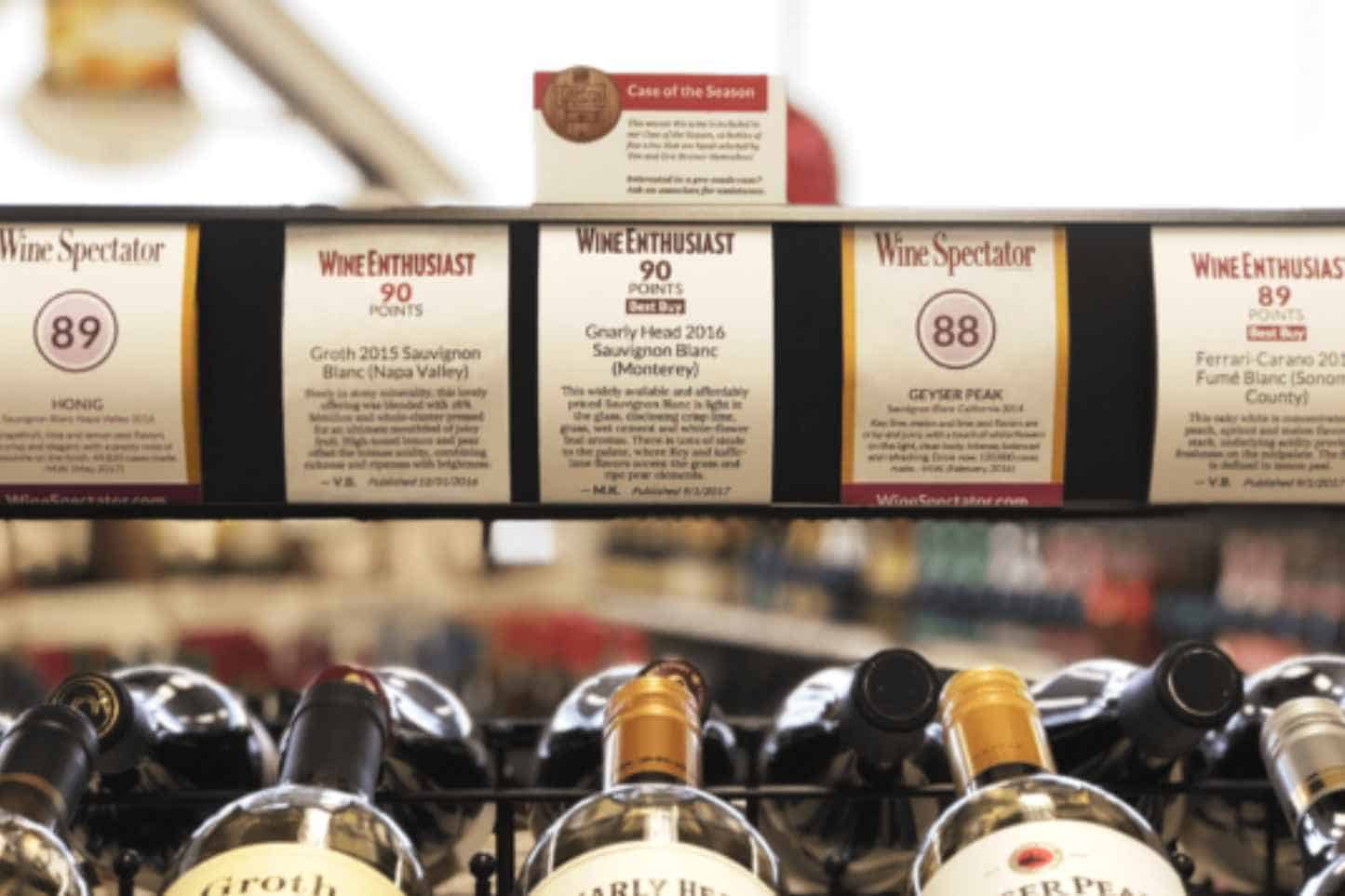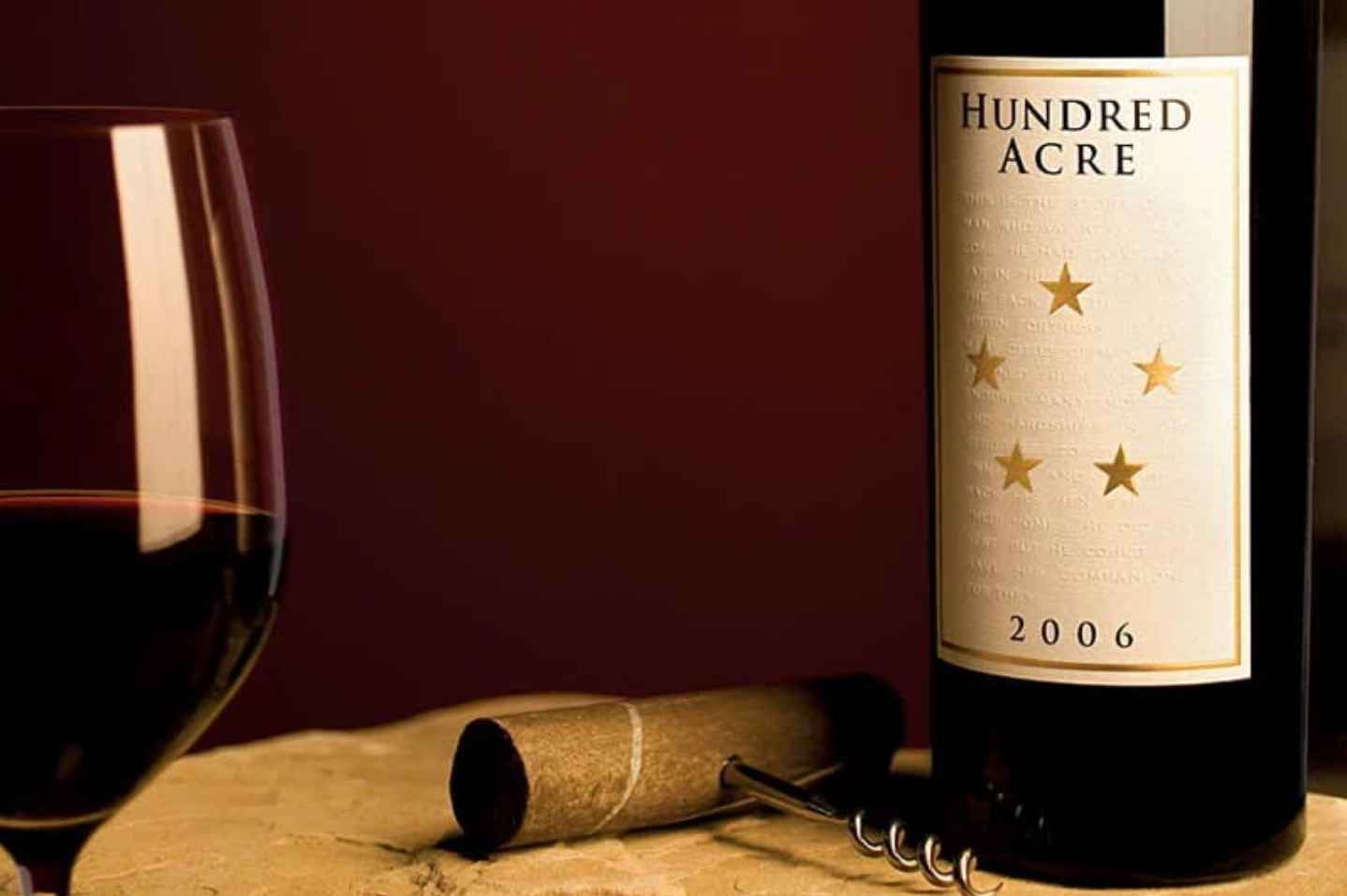Have you ever wondered what those numbers you always spotted during your wine shopping spree are? Well, what you’re seeing is a wine score! These ratings are handy since they help you answer the mystery question: What wine should you buy? And what wine should you try and drink?
But do you ever need to rely on wine ratings? How does it work? And perhaps you might be asking, does a wine score even matter? So, no more dilly-dallies! Let’s go ahead and learn anything about wine scores.
Wine Scores: It’s Meaning & Purpose
A wine score is the most straightforward and efficient method for wine critics and experts to express their opinions about a wine’s quality. Usually, you would find these numbers alongside tasting notes.
Over the years, wine scales have proven to help collectors and consumers determine the best wines to buy. On top of that, sommeliers use wine scores as a powerful marketing tool. We cannot deny that there’s a beautiful idea behind every wine score.
That is, to give standards on wine-tasting consumption and information. The numbers behind each wine score showcase realistic expectations about our wine purchases. It even provides us with an understanding of each wine bottle’s quality.
However, wine scores are not the defining moment or final word when seeking excellent ones. Instead, these numbers you’re seeing can only serve as a guideline or point of reference. But remember, wine scores are not the final verdict.
The truth is wine rating does not tell something about how delicious or delicate a wine is. Most of the time, the critics base wine scores on two essential things: typicity and production quality. Typicity describes how a wine’s characteristic reflects the style of its originating wine region.
Suppose you’re a wine consumer, marketer, or wine collector. In that case, you may find the scale helpful when browsing online stores or visiting vineyards and wineries.
And while you’re at it, wine rankings can give you fun ideas for a memorable wine-tasting experience. However, in any case, wine scores are ultimately subjective. It always depends on the person and changes. It’s a tool that you can take and use to your advantage!
Popularization of Wine Scores
A man named Robert Parker first popularized the exceptional idea of wine scales during the 1980s. People know him as a man who goes against the grain just to rate and rank wines for consumers.
In this modern day, Parker is perhaps one of the most notable wine critics. Experts even consider his 100-point system as the standard scale by which wines are ranked and tested. Eventually, wine experts embrace the concept and recreate different scale ideas and star ratings.
Today, wine scores draw attraction to help all consumers, from beginners to experts, to make wise and informed decisions about buying, selling, collecting, and drinking wines.
Navigating the World of Different Wine Scales
As you might be aware, wine scores are like school report cards letting us get the most out of every wine we try. And as I’ve mentioned earlier, there are different wine scales that wine publications and critics use to rate wines. So, let’s dig into them one by one and get the most out of them!
The 100-Point Wine Rating Scale
|
Wine Numeric Score |
Meaning or Description |
|
96-100 |
Extraordinary, Classic, Superior, or Great wines |
|
90-95 |
Outstanding & Terrific Wines |
|
85-89 |
Good to Very Good Wines |
|
80-84 |
Good, Solid, and well-made Wines |
|
70-79 |
Average or Mediocre Wines |
|
50-69 (70 below) |
Not Recommended for Consumption |
The first ever wine score system that ever landed on the planet is the 100-point scale. Parker comes up with this brilliant idea to review his wine-tasting activities consistently.
In designing the scale, Parker gets his inspiration from grades in school, where a 90-100 score represents a star-studded A. Following this concept, a score of 80 to 89 would be a B, and so on. Below is a closer look at the numerical wine scores.
96-100
Wines rated 96 to 100 are extraordinary and of premium quality. Suppose you find wines that hold these scores. That means it is complex and possesses all the characteristics of classic wine varieties. These wines are worth seeing, buying, and drinking.
90-95
Wine scores between 90 to 95 represent outstanding wines. These drinks are genuinely exceptional and terrific. Usually, wine experts recommend wine bottles with these scores as they have a fantastic depth, flavor, character, and bouquet.
85-89
Sommeliers tell us that wine bottles with an upper score of 85-90 strongly feature their region and grape varietal characteristics. Usually, you’ll find these wines well-priced, possessing an above-average quality. Wines of these higher 80s scores let you have a fantastic food partner on special occasions without breaking the bank.
80-84
An 80-84 wine score means the beverage is perfect for daily enjoyment instead of grand celebrations. This wine rating indicates that the wine is suitable for casual drinking. However, while it has no apparent flaws, it doesn’t carry the degree of finesse found in premium wines.
70-79
If you spot a 70 to 79 score on your wine bottle, that only means that it meets the requirements for drinkability. However, it lacks the depth, aroma, consistency, finish, taste, and aging techniques of high-quality wines.
70 below
Wine critiques consider wine bottles having a score of below 70 critically flawed. Overall, wine bottles of this type are not recommended for consumption.
The 20-Point Wine Rating Scale
|
Wine Numeric Score |
Meaning or Description |
|
20
|
Truly Exceptional |
|
19
|
Humdinger |
|
18 |
Cut Above Superior |
|
17 |
Superior |
|
16 |
Distinguished |
|
15 |
Average |
|
14 |
Deadly Dull |
|
13 |
Borderline Faulty or Unbalanced |
|
12 |
Faulty or Unbalanced |
The 20-point scale gets inspiration from the University of California, Davis scoring system. Dr. Maynard Amerine, a leading wine science and technology expert, and other proponents first shared this idea in 1959. At that time, they used the scale only for academic wine reviews. This wine score concept looks at the wine’s appearance, smell, and taste.
On top of that, each point reflects the color, aroma, flavor, and technical qualities like acids, sugar, tannins, and acidity. This wine score is still used and adapted by wine critics and experts today. Its key proponent is Jancis Robinson.
The 20-point wine rating system considers the varietal type, vintage year, and region or district. Each aspect holds a different weight based on the grape varietal or terroir.
Also, one should consider the fruitiness, tannins, acidity, and body to know the different ingredients that make up the overall wine’s quality.
The 5-Point Wine Rating Scale
|
Wine Numeric Score |
Meaning or Description |
|
Five Stars |
Superlative or Cape Classic |
|
Four Stars |
Excellent |
|
Three Stars |
Perfect for Everyday Consumption |
|
Two Stars |
Casual Drinking |
|
One Star |
Very Ordinary |
Unlike the 100 20-point wine rating system, we find this 5-point wine score unique. Wine experts use stars and other symbols instead of points in this ranking. The Decanter Magazine used this wine score for a long time but switched to 100-point and 20-point wine scales in July 2012.
On top of that, John Platter adopted this wine score idea in the first edition of Guide to South African Wine. Michael Broadbent embraced the concept of tasting wines professionally for fifty years. And even the Wall Street Journal is fond of this wine scale.
Other Wine Scales
Over the years, wine scores have evolved and let us feel their presence. One of the prominent Italian wine publishers, Gambero Rosso, crafted the famous 3-star scale. He used unique wine glasses called the bicchiere to rank wine from one to three.
Further, other wine guides highlight premium wines with an asterisk, with two representing exceptional wine bottles.
How to Use Wine Scores?
While wine scores grow popular and draw attraction, these numbers or symbols might not capture everything we want to know about wine bottles. It’s relatable to find yourself still puzzled.
However, the great news is we can take these wine scores on our edge and advantage. So, here we’re dropping the three tips to make the best out of your wine-shopping sprees.
- Take a glance at different wine reviews. A high wine rating does not mean you’ll like and appreciate the wine. To get a sense of style, read the wine reviews available.
- Get clues from the reviews of your favorite wines. Check your favorite wine bottles and see if there’s a review. Remember that wine tasting is always subjective, and even wine experts hold different opinions. So, learn from someone who shares the same wine palate as you.
- Just give wines a shot and take risks. At the end of the day, wine scores can guide us, but it doesn’t share everything. Exploring wines takes time. So, be open-minded, and you’ll learn the wines that are your swans and the ugly ducklings too!
The Moment of Truth
Indeed, it’s fun to learn the interesting ideas behind the numbers and symbols we find on wine bottles. Wine scores guide us as we navigate the sophisticated and elegant world of wines. So, the next time you’re eyeing a wine, don’t worry! That’s because you know everything about wine scores.

George Moore, co-founder of Wine Flavor Guru, is a charismatic entrepreneur with a rich background in California’s wine industry. Alongside Sylvia, he transformed a Sonoma County vineyard into a source of premium wines. George’s expertise in sourcing exceptional grapes and his approachable style make wine appreciation both accessible and engaging.






